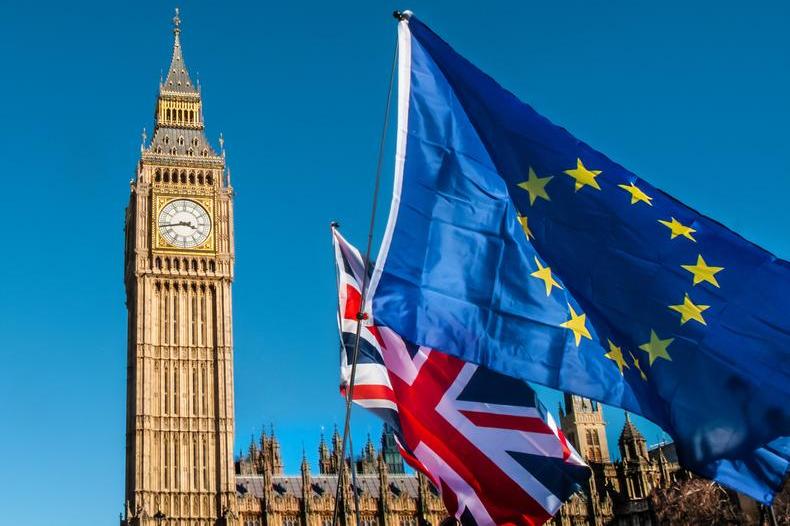Unregistered design rights – are your clients ready?
There will be a real day-to-day change to the level of coverage unregistered design rights provide businesses post-Brexit, as John Coldham explains.

As unregistered design rights are created automatically, it is common for businesses not even to realise that they have them until they want to take action against an infringer.
They are often a useful back-up option that are relied on to great effect when a product is copied.
As design law has so many different options, we have provided a high-level overview of the unregistered protection available.
Protection for shapes of products via UK unregistered designs
- Currently, if you are a British or EU-based business, you automatically obtain UK unregistered design protection for the shape of your product for 10 years from when you launch it.
- From 1st January 2021, businesses in the EU27 will no longer qualify for this protection; it will only be open to businesses from the UK, Hong Kong, New Zealand, and a few of the Caribbean islands.
Protection for all aspects of designs via EU unregistered designs
- Currently, businesses also obtain protection for all aspects of a design of an article (not just shape – colours, textiles, decoration, etc) for three years from the first disclosure within the UK or EU, and that protection covers the whole of the UK and EU.
- From 1st January 2021, the UK will create its own version of this right, covering the UK only.
- However, businesses will have to choose which they want: do they want UK one, in which case they should disclose in the UK first, or do they want the EU one, in which case they should disclose in the EU first. On the face of it, you cannot have both, although see below.
Note that the changes set out above from 2021 are not expected to affect the scope of protection of products launched before 1st January 2021.
Unsuccessul negotiations
The UK Intellectual Property Office (UK IPO) had been seeking to agree with the EU via the proposed free trade agreement that disclosures in the UK or EU should be mutually recognised.
That is, if a product is first launched in London, that would count as a first disclosure for both the UK and EU versions of the three-year protection. And likewise, if a product is first launched in Paris, it would obtain the UK as well as EU version of the three-year protection.
This would have benefited both UK and EU businesses – without such mutual recognition, whether a business obtains UK or EU protection is most likely to depend on where the first trade show of the season is, rather than the location of the business seeking the protection.
The very latest development on this is that, disappointingly, the EU has not agreed to this, meaning that businesses still have to choose which protection they want – EU, or UK, or the three year right.
This was perhaps not surprising, but will be a particular blow to businesses that rely on unregistered designs for surface decoration as part of the product, such as the fashion industry, where the sheer volume of different designs makes registration seem unworkable.
What should UK and EU design-led businesses do now?
It would be a good idea to talk to clients about a strategy that would work for their particular circumstances, but some ideas to consider include:
- Consider registration: UK registered design protection in particular is very cheap – official fees can be as low as £2 per design if a few are filed on the same day.
- Consider simultaneous disclosure: although it is not yet known whether this is an acceptable work-around, disclosing your design simultaneously in both the UK and EU (perhaps on a website pointed at consumers in both jurisdictions) could mean that you qualify for protection in both.
How are we trying to improve this position?
John Coldham, chair of the Designs and Copyright Working Group of CITMA, is engaging with the UK IPO, and various other stakeholder groups, to see if the UK can provide clarity on whether simultaneous disclosure is acceptable; at present it is untested, and might work, but it might not.
Clear guidance or, even better, regulation would allow businesses to have the certainty as to whether that would work.
If the UK led the way on this, it could be that the EU authorities followed suit in due course.
If such guidance is not given by government, then businesses will have to do it and hope for the best and find out years later in a court case whether it worked. This uncertainty can be avoided relatively easily, and we are encouraging clarity to be provided sooner rather than later.


